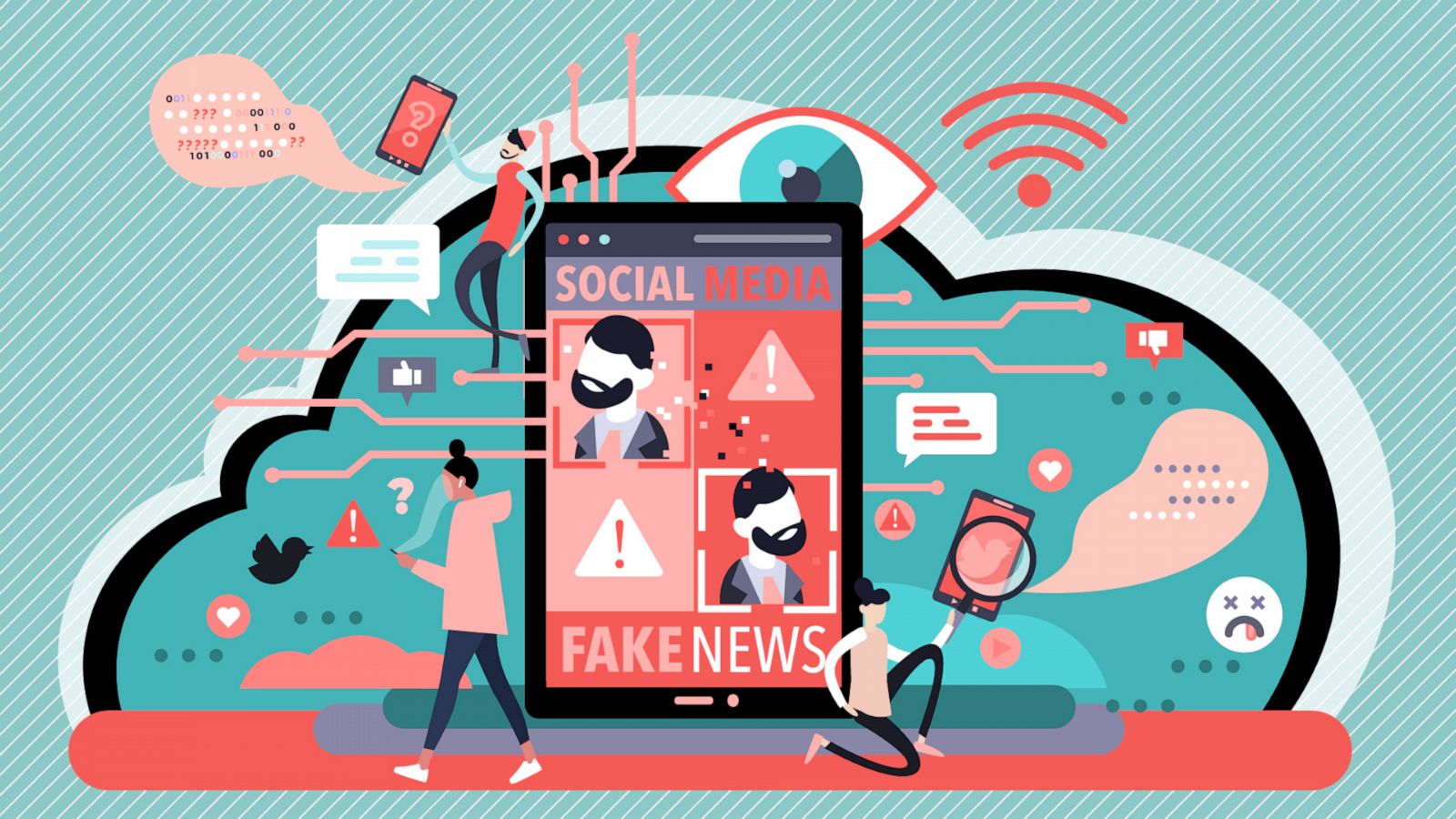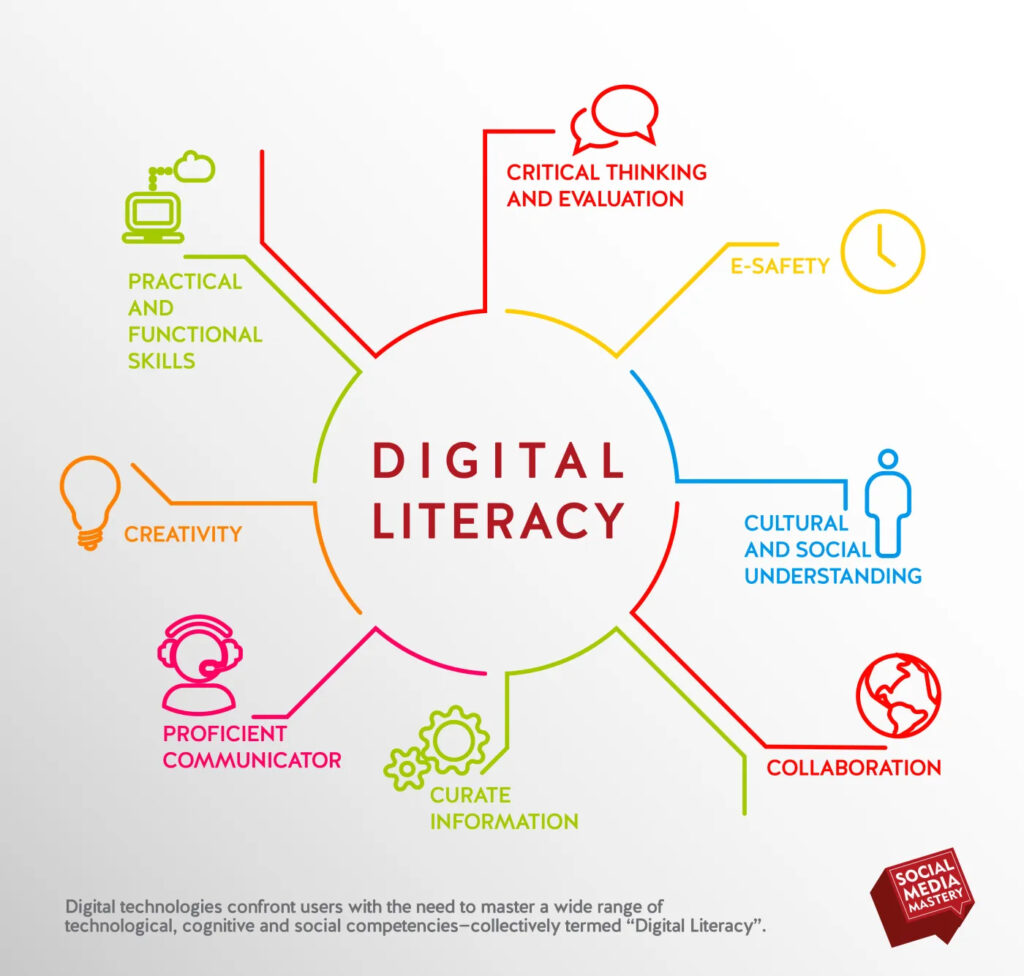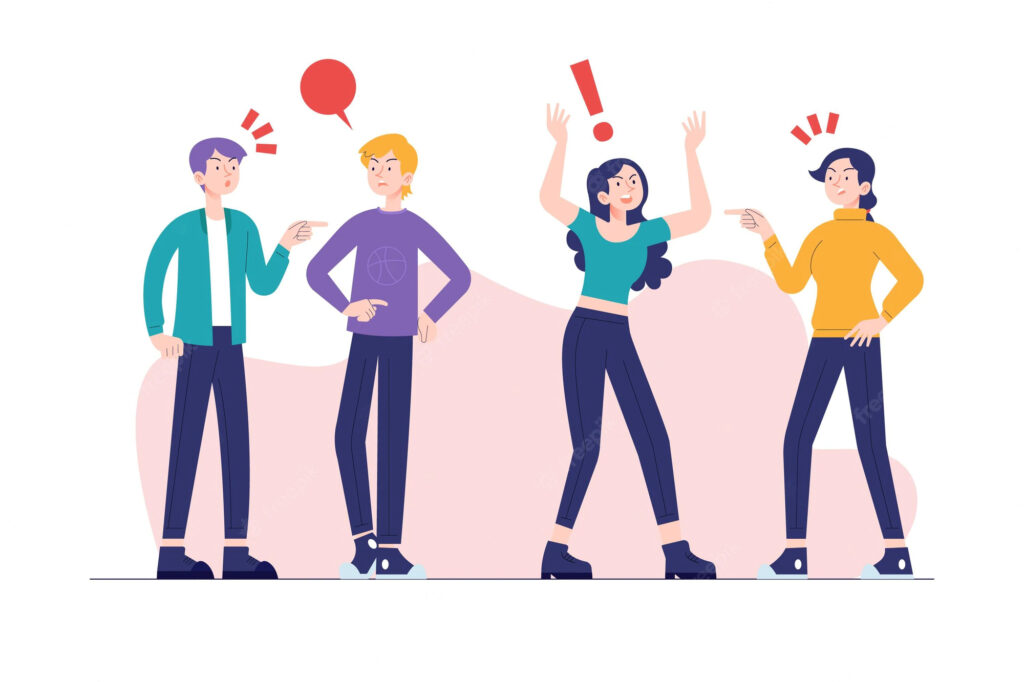
Digital Literacy

What is Digital Literacy?
Digital literacy is “the interest, attitude and ability of individuals to appropriately use digital technology and communication tools to access, manage, integrate, analyze and evaluate information, construct new knowledge, create and communicate with others” (BC Government, n.d.). It encompasses factual information one can assess, and methods for obtaining key pieces that aren’t known (Miller & Smith, 2021).
Identified by BC Educational leaders, the Government of British Columbia released the Digital Literacy Framework (PDF) containing 6 key types of knowledge and skills learners need to be successful in the 21st century, including:
- Research and Information Literacy: apply digital tools to gather, evaluate, and use information
- Critical Thinking, Problem Solving, and Decision Making: use critical thinking skills to plan and conduct research, manage projects, solve problems, and make informed decisions using appropriate digital tools and resources
- Creativity and Innovation: demonstrate creative thinking, construct knowledge, and develop innovative products and processes using technology
- Digital Citizenship: understand human, cultural, and societal issues related to technology and practice legal and ethical behavior
- Communication and Collaboration: use digital media and environments to communicate and work collaboratively, including at a distance, to support individual learning and contribute to the learning of others
- Technology Operations and Concepts: demonstrate a sound understanding of technology concepts, systems, and operations.
Why is it important?
Digital literacy encompasses the skills required to use technology safely, effectively and responsibly (Learning.com, 2022). As technology continues to become more popular and incorporated into daily life, digital literacy skills is not essential for successfully living, learning and working in this digitalized society and knowledge economy. According to Learning.com, the top 5 reasons digital literacy is important include:
- Support Educational Progress
- Increase Online Safety
- Understand Digital Responsibility
- Improve Digital Equity
- Supports Lifelong Skills
Why should you aim for varied views but the factual consensus in your PLN?
It’s important to acknowledge other views in your PLN, but support your views with credible knowledge and references. Individuals should be responsible in their PLNs and think about how the consequences of certain media can affect their network. As Julie Smith mentions below, media is often a business, so platforms like radio stations will often air what is beneficial to them – it is then up to the individual to do their own research and inform themselves about what information or sites are credible. In PLNs, one should try to only be sharing credible information that can be backed up by reputable sites/people/etc. as to not share “fake news.”
For more information, read below.

Introducing…
Julie Smith
- Educator at Webster University in the School of Communications
- Adjunct for 15 years, 4th year FT
- Mass Communications path of interest
- Tool at the time: TV
- Fluidity to it
- Author of Master the Media: How Teaching Media Literacy Can Save Our Plugged-In World
Insight shared with Jesse Miller (Miller and Smith, 2021):
- Communication needs to be in every conversation – schools, home, etc.
- When shields are up, no message gets through; for years only had 4-5 sources could reference, but now have thousands of sources – not always good. As humans, we like to be affirmed, so choose news outlets that feed that part. Rarely hear news that disagrees with us.
- News is a business, not a public service. Give viewers what they want, not what they need. People don’t think of news as a business.
- Social learning theory or uses and gratifications theory – consume media to satisfy emotional and intellectual needs – big hurdle because people don’t want to hear what they don’t want
- “Modern politics today requires mastery of [visual image]” – because we don’t live in a literate world now – we live in a visual world

Open dialogues about media literacy and factual information can create conflict; why does this happen?
Media literacy and factual information can create conflict as Smith mentioned in Miller and Smith (2021) that often people shoes information that feeds our need to be affirmed, and thus often only consume news that agrees with our views. Smith mentions the social learning theory, or uses and gratifications theory, that suggests individuals consume media to satisfy emotional and intellectual needs – which supports this proposal that people only hear what they want to hear. By playing into this, individuals thus may play into “confirmation bias,” a psychological bias highlighting the tendency to process information by looking for, or interpreting, information that is consistent with one’s existing belief (Casad, 2022).
As Smith mentions, the news is a business and not a public service. People don’t think of it as a business and so often believe the information these sites are disseminating without any further questioning or fact-checking – individuals need to take the initiative upon themselves to find reliable sources that share factual information – and this is an aspect of being a responsible and digitally literate user. In consuming media, ask questions about every message – who is the sender, what is the motive/intent, what info is left out, who is the target audience, etc. Smith suggested working against these tendencies by seeking out information, sources, and individuals that don’t fall into our predisposed beliefs to expand upon our perspectives.
Image to right from FreePik

What is the benefit of having a PLN that values media literacy?
Develop and demonstrate skills (McNulty, 2021): Individuals become educated consumers and users with the ability to analyze media posts and news critically. Further, the understanding that all media we may encounter is constructed from a particular and motivated point of view is important to acknowledge. Questions about the content, validity, motivations, etc. should be determined as Smith mentions in Miller and Smith (2021). The ability to identify the role these media play in our politics and society allows individuals to strengthen these digital literacy skills, acknowledge the pull and push embedded in media and how it affects individuals and the greater community, and share information throughout their PLN that supports media literate likenesses.
Image to left from iStock
References
BC Government. (n.d.). Digital Literacy. https://www2.gov.bc.ca/gov/content/education-training/k-12/teach/resources-for-teachers/digital-literacy
Casad, B. (2022, October 6). Confirmation bias. Britannica.com. https://www.britannica.com/science/confirmation-bias
Learning.com. (2022, April 19). 5 Reasons Digital Literacy is Important for Students. https://www.learning.com/blog/reasons-digital-literacy-is-important-for-students/
McNulty, N. (2021, March 16). Why is internet and social media literacy so important? Niall McNulty. https://www.niallmcnulty.com/2021/03/internet-literacy-social-media-literacy/
Miller, J & Smith, J. (2021, June 6). EDCI 338 – Media Literacy with Julie Smith. YouTube. https://www.youtube.com/watch?v=57r3-aEnci0
Leave a Reply